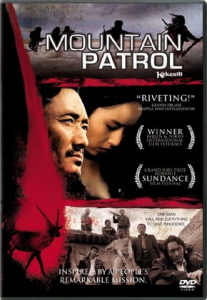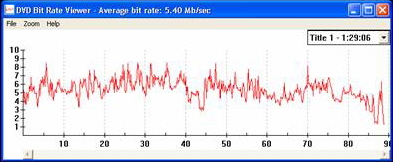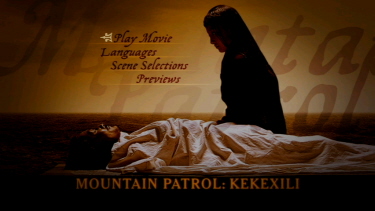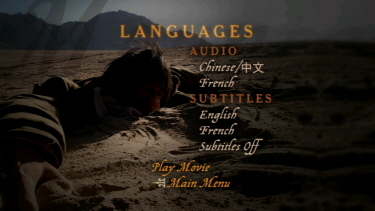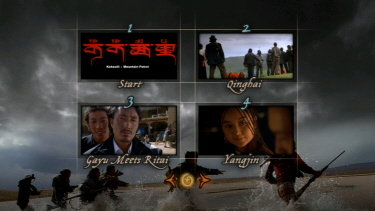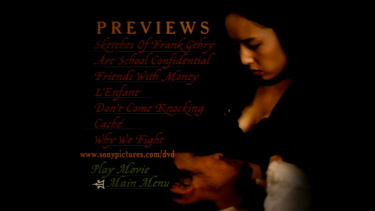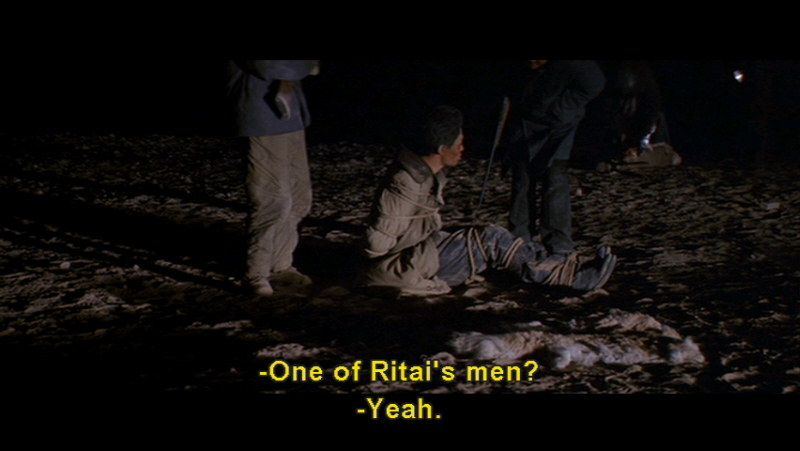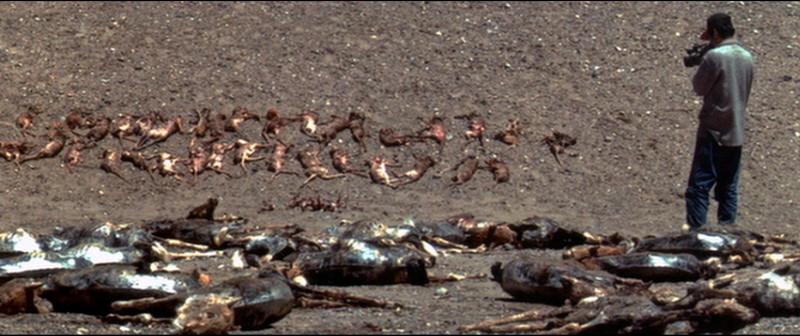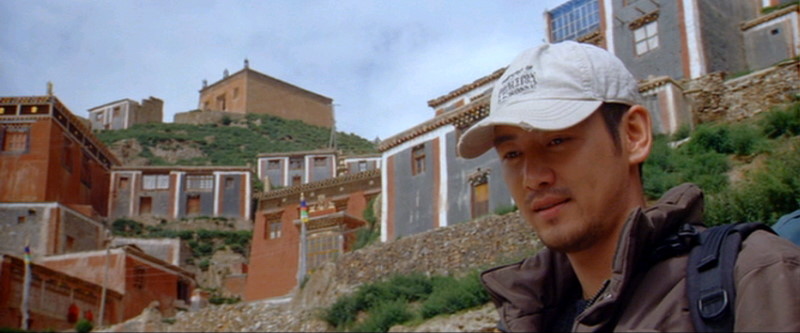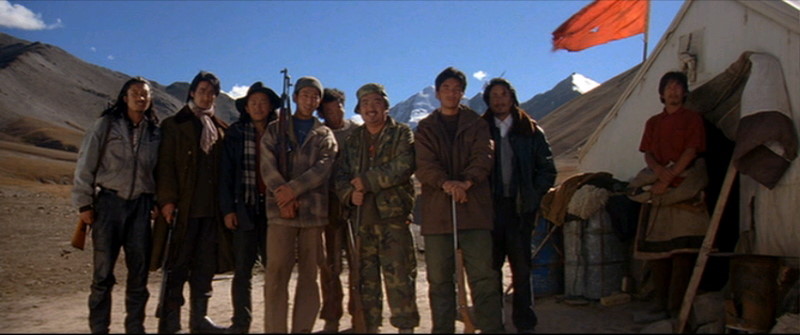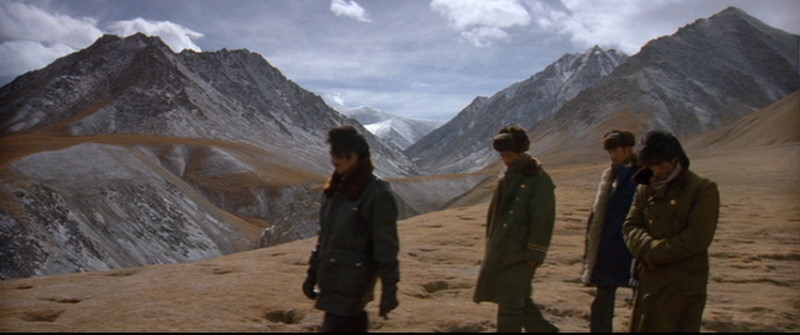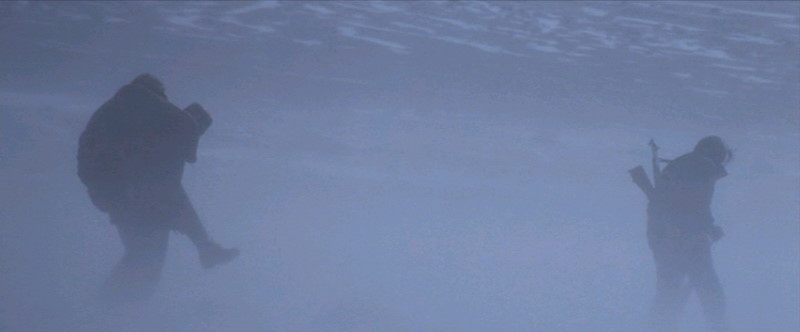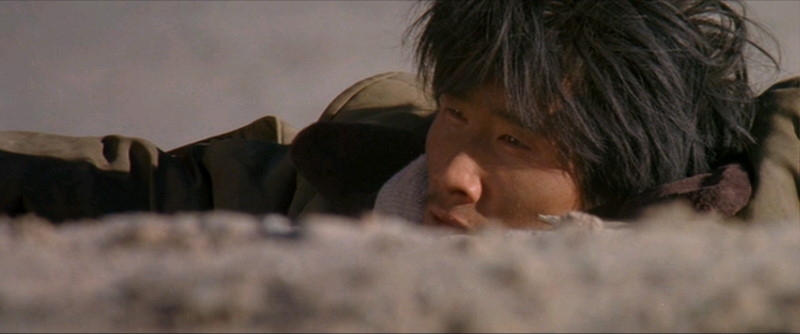![]()
![]()

![]()
![]()
|
Search DVDBeaver |
S E A R C H D V D B e a v e r |

(aka "Kekexili: Mountain Patrol' or 'Mountain Patrol" )
directed by Lu Chuan
China 2004
|
For all its faults (witness the Blu-ray,
MiniDisc, Beta, etc. debacles), Sony is a company that releases movies that
North-American audiences would otherwise not see. Sony is based in Japan but
also owns Columbia Tri-Star, a major Hollywood studio. Therefore, Sony is
responsible for distributing numerous Asian cinematic gems here in the U.S.,
including most of Chinese master director Zhang Yimou's efforts. While some movies do
suffer from scissor snips (see Hitman, which became the cut-down
The Contract Killer), Sony usually leaves its acquisitions un-touched
(the same can’t be said for the Weinstein brothers, who habitually butcher
anything that isn’t in English). David McCoy |
Posters
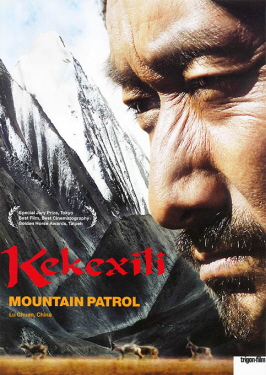 |
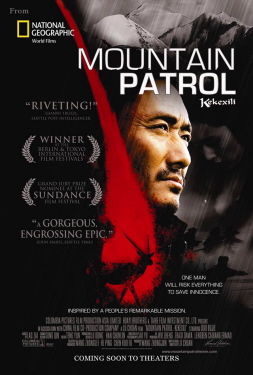 |
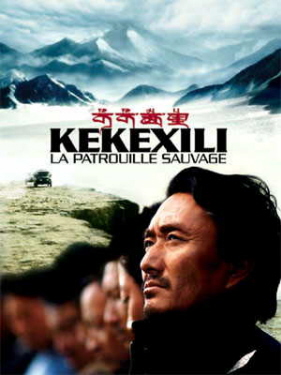 |
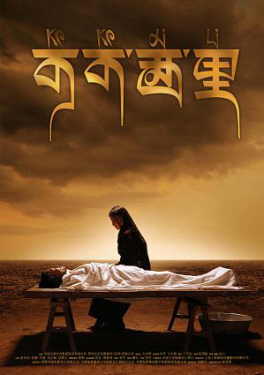 |
Theatrical Release: 1 October 2004
Reviews More Reviews DVD Reviews
DVD Review: Sony - Region 1 - NTSC
Big thanks to David McCoy for the Review!
| DVD Box Cover |
|
CLICK to order from: |
| Distribution |
Sony Region 1 - NTSC |
|
| Runtime | 89 min | |
| Video |
2.40:1 Original Aspect Ratio
16X9 enhanced |
|
|
NOTE: The Vertical axis represents the bits transferred per second. The Horizontal is the time in minutes. |
||
| Bitrate |
|
|
| Audio | Dolby Digital 5.1 Mandarin/Tibetan Chinese, Dolby Digital 5.1 French | |
| Subtitles | Optional English and French | |
| Features |
Release Information: Studio: Sony Aspect Ratio:
Edition Details: Chapters 28 |
|
| Comments |
Video: The 2.40:1 anamorphic widescreen video transfer is a stunning example of how good standard-definition DVD can be. The picture is sharp and smooth, and it offers strong colors and great detail. It looks like it is a progressive transfer. Some night-time scenes were a bit problematic (I saw some “wet blobs”), but this is a great example of how HD-DVD and Blu-ray are not necessarily leaps and bounds better than SD-DVD. Curiously, the video transfer is generally free of print damage until the end credits. When the screen fades to plain white text on a black background, you can see fuzzes and scratches. Audio: A wide though generally quiet and subtle Dolby Digital 5.1 Mandarin/Tibetan Chinese track mirrors the video’s stark effectiveness. The viewer is engulfed by a desolate expanse from both visual and aural perspectives. Most of the track is dominated by ambient noises, though the surrounds and even the subwoofer have some kick during snow and sand storms. The dialogue is a tad difficult to follow, though this is mostly because the actors mumble their lines. (This shouldn’t be seen as a negative as it is a realistic reflection of how taciturn men communicate.) You can watch the movie with a DD 5.1 French track. Optional English and French subtitles as well as optional English closed captions support the audio. Extras: You get nothing except for trailers for other Sony DVDs. It’s a good thing that Sony didn’t brand this a “SuperBit” disc and (over-)price it as such. --Miscellaneous-- A glossy insert advertises other Sony DVDs. - David McCoy |
DVD Menus
|
|
|
|
|
|
Screen Captures
subtitle sample
|
|
|
|
|
|
|
|
|
|
|
|
|
|

